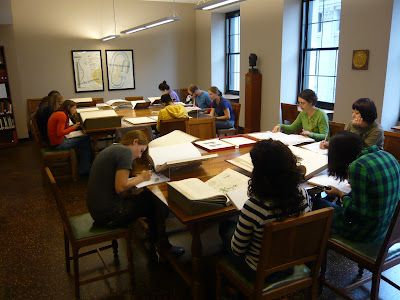2.Ornament as Crime
Oct 7th
9AM-12AM
Discussion: Art and Industry. Ornament vs. minimalism. The hand vs. the machine. What is ornament and what impact does it have?
Readings:
- Adolf Loos, Ornament and Crime (1908)
- Herbert Read, Art And Industry (1935) - The problem in its Historical and Theoretical Aspects p. 20-57
- Hal Foster, Design and Crime (2002)
Student presentations:
- William Morris, The Arts and Crafts of to day (1889) Also research: The Pre-Rafaelite Brotherhood, John Ruskins (the Stones of Venice/The Nature of the Gothic), The Arts And Crafts Movement, Morris & Co
- Frank Lloyd Wright, The Art and Craft of the Machine (1901). Also research: The Prairie School, Arts and Craft movement in the States.
- Walter Gropius, Bauhaus Manifesto of the Staatliche Bauhaus in Weimar (1919). Also research: History of Bauhaus, Art academies before Bauhaus, Mies van der Rohe, Le Corbusier, De Stijl, Gerrit Ritveld and Ritveld Academy, Black Mountain College
Supplementary readings: Elizabeth Cumming & Wendy Kaplan, The Arts & Crafts Movement (1991), Victoria Z. River, The Shining Cloth (1999)

















